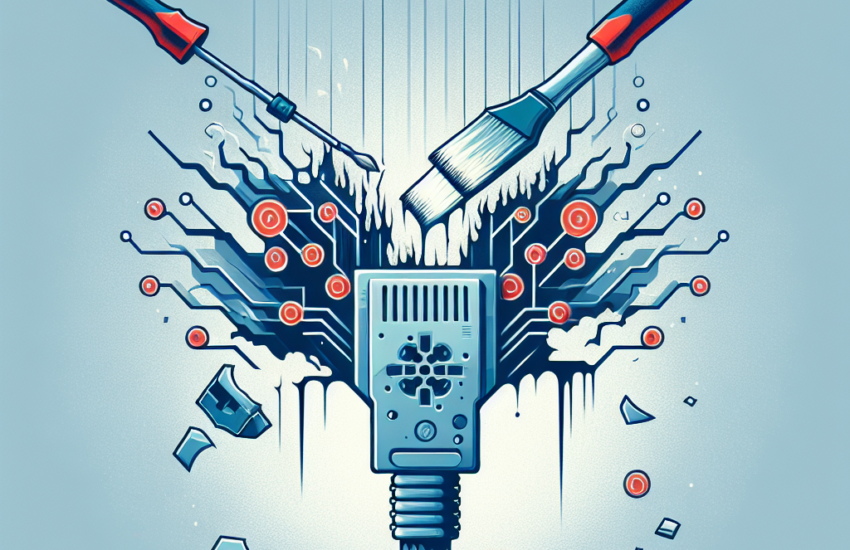If your network adapter is not showing up in Network Connections, it can be a frustrating experience, especially if you rely on a stable internet connection for work or leisure. This issue can be caused by various factors, ranging from hardware problems to software glitches. This guide will help you troubleshoot and fix a network adapter that’s not visible in Network Connections on a Windows computer.
Common Causes for Network Adapter Issues
Before diving into the solutions, it’s crucial to understand some of the common causes for this problem:
- Driver issues
- Hardware problems
- Disabled network adapter
- System file corruption
- BIOS or UEFI settings
Step-by-Step Solutions to Fix the Issue
1. Check Device Manager
Device Manager offers a centralized place to manage your hardware devices and their drivers. Follow these steps:
- Press Windows + X keys and select Device Manager.
- Look for your network adapter under the Network adapters section.
- If it’s listed but has a yellow exclamation mark, right-click on it and select Update driver.
2. Update or Roll Back Network Drivers
Outdated or corrupt drivers can be the culprit:
- Right-click on your network adapter in Device Manager and select Update driver.
- If the issue started after updating, consider rolling back the driver by going to Properties > Driver > Roll Back Driver.
3. Enable Network Adapter in BIOS/UEFI
Your network adapter might be disabled in the BIOS or UEFI settings:
- Restart your computer and enter the BIOS/UEFI settings (usually by pressing F2, Del, or Esc during startup).
- Navigate to the network configuration section and ensure the network adapter is enabled.
4. Check for System Updates
Sometimes, a simple system update can fix network issues:
- Go to Settings > Update & Security > Windows Update and check for updates.
5. Run Network Troubleshooter
Windows built-in troubleshooter can sometimes identify and solve the problem:
- Go to Settings > Update & Security > Troubleshoot.
- Run the Internet Connections troubleshooter and follow the on-screen instructions.
6. Reinstall Network Adapter
Reinstalling the network adapter can reset its settings:
- Open Device Manager.
- Right-click on your network adapter and select Uninstall device.
- Restart your computer, and the system should automatically reinstall the driver.
7. Check Network Adapter’s Physical Connection
If you are using an external network adapter, ensure it is properly connected:
- Disconnect and reconnect the adapter from your computer.
- Try a different USB port or slot if available.
8. Perform a System Restore
System restore can revert your computer to a previous state where everything was working fine:
- Go to Control Panel > System > System Protection > System Restore.
- Choose a restore point when the network adapter was working and follow the on-screen instructions.
9. Check for Hardware Issues
If none of the above solutions work, you may be dealing with a faulty network adapter. In this case, consider:
- Testing the network adapter on another computer if it’s external.
- Replacing the network adapter with a new one.
Bypassing Method: Use an External USB Network Adapter
As a last resort, you can use an external USB network adapter to bypass the issue:
- Purchase a compatible USB network adapter.
- Connect it to your computer and install any necessary drivers.
Conclusion
Fixing a network adapter that’s not showing up in Network Connections involves several steps that range from updating drivers to checking BIOS settings. By following the steps outlined in this guide, you should be able to diagnose and fix the issue, restoring your internet connectivity.

